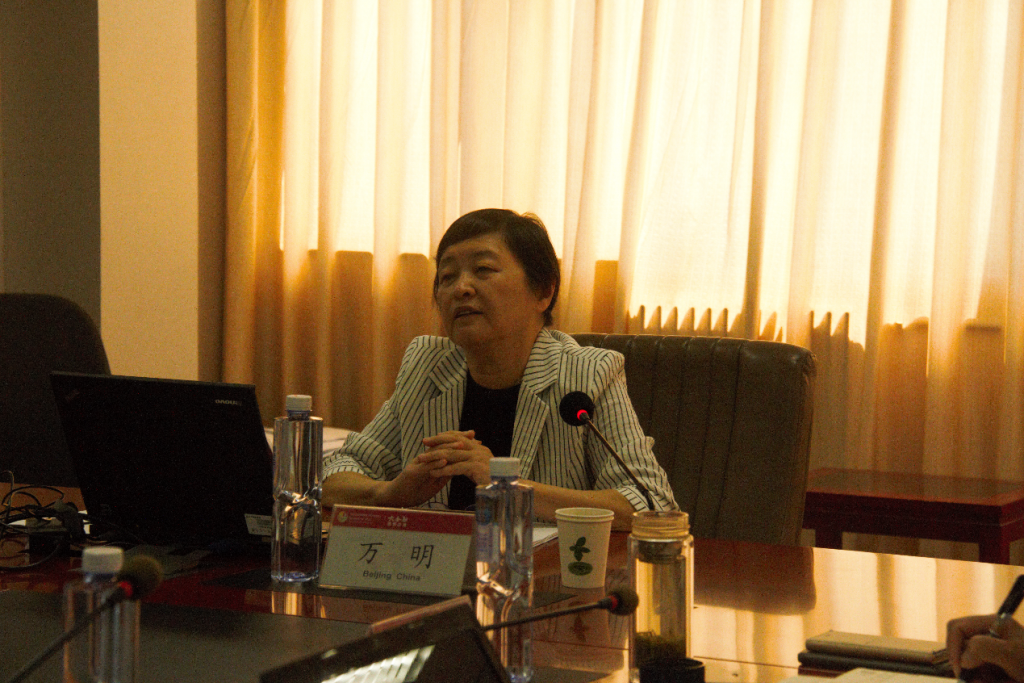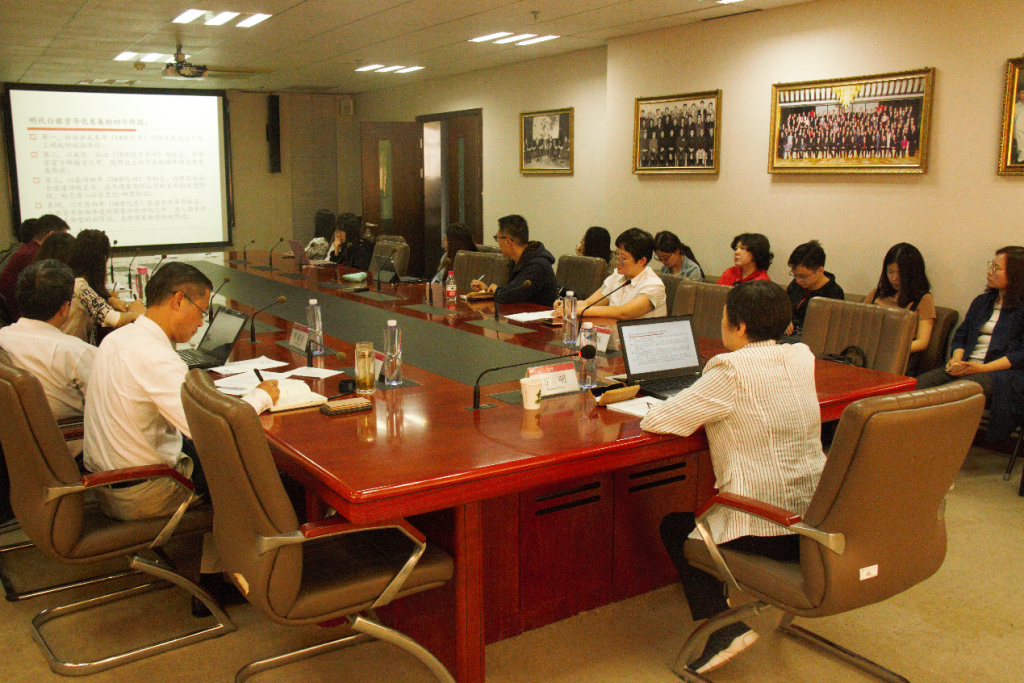Macro-finance Salon (No. 120): Silver Dollar’s Monetization and Global Integration
2019-05-07 IMI In Wan Ming’s speech, she first explained how she had started the research on silver dollar’s monetization, and then mentioned that economy and trade in the Ming Dynasty and globally had been closely related with silver dollar’s monetization. She elaborated on the five features of monetization and the domestic as well as international economic conditions in the Ming Dynasty. In addition, she pointed out that silver dollars’ monetization itself was not due to the introduction of national decrees but a culture of the market. Meanwhile, it was closely related to the taxes and corvee reforms in the Ming Dynasty. Later she proposed that silver dollar’s monetization had been intertwined with the global and China’s silver trade in the Ming Dynasty and in this way, China was engaged in the primary construction of the global economic system. She stressed that silver monetization was a product being nurtured in China’s society during the transition into the contemporary era and the exchanges of a China under transition and reforms with the upcoming world economic structure as well as the interaction of China’s and the international reforms.
In Wan Ming’s speech, she first explained how she had started the research on silver dollar’s monetization, and then mentioned that economy and trade in the Ming Dynasty and globally had been closely related with silver dollar’s monetization. She elaborated on the five features of monetization and the domestic as well as international economic conditions in the Ming Dynasty. In addition, she pointed out that silver dollars’ monetization itself was not due to the introduction of national decrees but a culture of the market. Meanwhile, it was closely related to the taxes and corvee reforms in the Ming Dynasty. Later she proposed that silver dollar’s monetization had been intertwined with the global and China’s silver trade in the Ming Dynasty and in this way, China was engaged in the primary construction of the global economic system. She stressed that silver monetization was a product being nurtured in China’s society during the transition into the contemporary era and the exchanges of a China under transition and reforms with the upcoming world economic structure as well as the interaction of China’s and the international reforms.
 Later, guests Zhou Jianbo and Wang Jue made further themed discussion and exchanges. Scholars engaged in a heated discussion about the silver dollar’s monetization, agricultural society’s transition, commodity economy’s development in the Ming dynasty, comparison between Chinese and Western currencies development, commodity economy’s globalization and the research methods of economic history.
Later, guests Zhou Jianbo and Wang Jue made further themed discussion and exchanges. Scholars engaged in a heated discussion about the silver dollar’s monetization, agricultural society’s transition, commodity economy’s development in the Ming dynasty, comparison between Chinese and Western currencies development, commodity economy’s globalization and the research methods of economic history.
